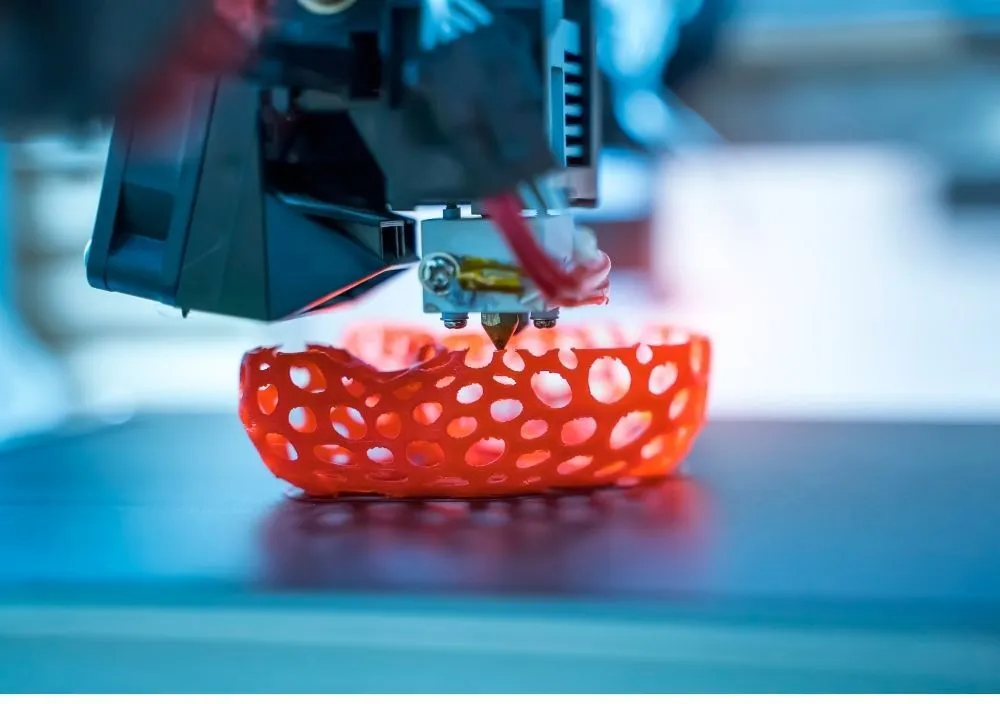Introduction
Manchester has emerged as a hub for 3D printing technology, showcasing a blend of innovation, research, and practical applications across various industries. As businesses and educational institutions harness the potential of this transformative technology, Manchester is solidifying its reputation as a leader in the manchester 3d printing landscape.
Historical Context
- Early Adoption: The journey of 3D printing in Manchester began in the late 20th century with early adopters in manufacturing and engineering.
- Innovation Ecosystem: The city’s rich industrial heritage has facilitated a conducive environment for 3D printing technology to thrive, supported by a strong network of universities, research institutions, and tech startups.
Current Trends
- Diverse Applications: 3D printing is being utilized in various sectors, including healthcare, aerospace, automotive, and fashion.
- Healthcare: Hospitals in Manchester are using 3D printing for prosthetics and custom implants, significantly improving patient outcomes.
- Aerospace: Local aerospace companies are integrating 3D printing into their production processes to enhance efficiency and reduce costs.
- Sustainability Focus: There is a growing emphasis on sustainable practices within the 3D printing sector, with many companies exploring eco-friendly materials and processes to minimize waste.
Key Players
- Educational Institutions: Universities like the University of Manchester and Manchester Metropolitan University are at the forefront of 3D printing research, providing students with cutting-edge technology and fostering collaborations with local businesses.
- Tech Startups: A wave of startups is emerging in the 3D printing space, offering innovative solutions and services that cater to specific market needs.

Economic Impact
- Job Creation: The rise of 3D printing has led to the creation of new jobs in manufacturing, design, and technology sectors in Manchester.
- Boosting Local Economy: By attracting investment and promoting local manufacturing, 3D printing is contributing to Manchester’s economic growth and resilience.
Challenges and Opportunities
- Regulatory Hurdles: While the future looks promising, challenges such as regulatory issues and the need for skilled labor remain.
- Continuous Innovation: To stay competitive, businesses must embrace continuous innovation and keep pace with advancements in 3D printing technologies.
Conclusion
The rise of 3D printing in Manchester represents a significant shift in how products are designed and manufactured. As the technology continues to evolve, it holds the potential to reshape various industries, drive economic growth, and position Manchester as a global leader in 3D printing innovation. With ongoing investments in research, education, and sustainable practices, the future of 3D printing in Manchester looks bright.


